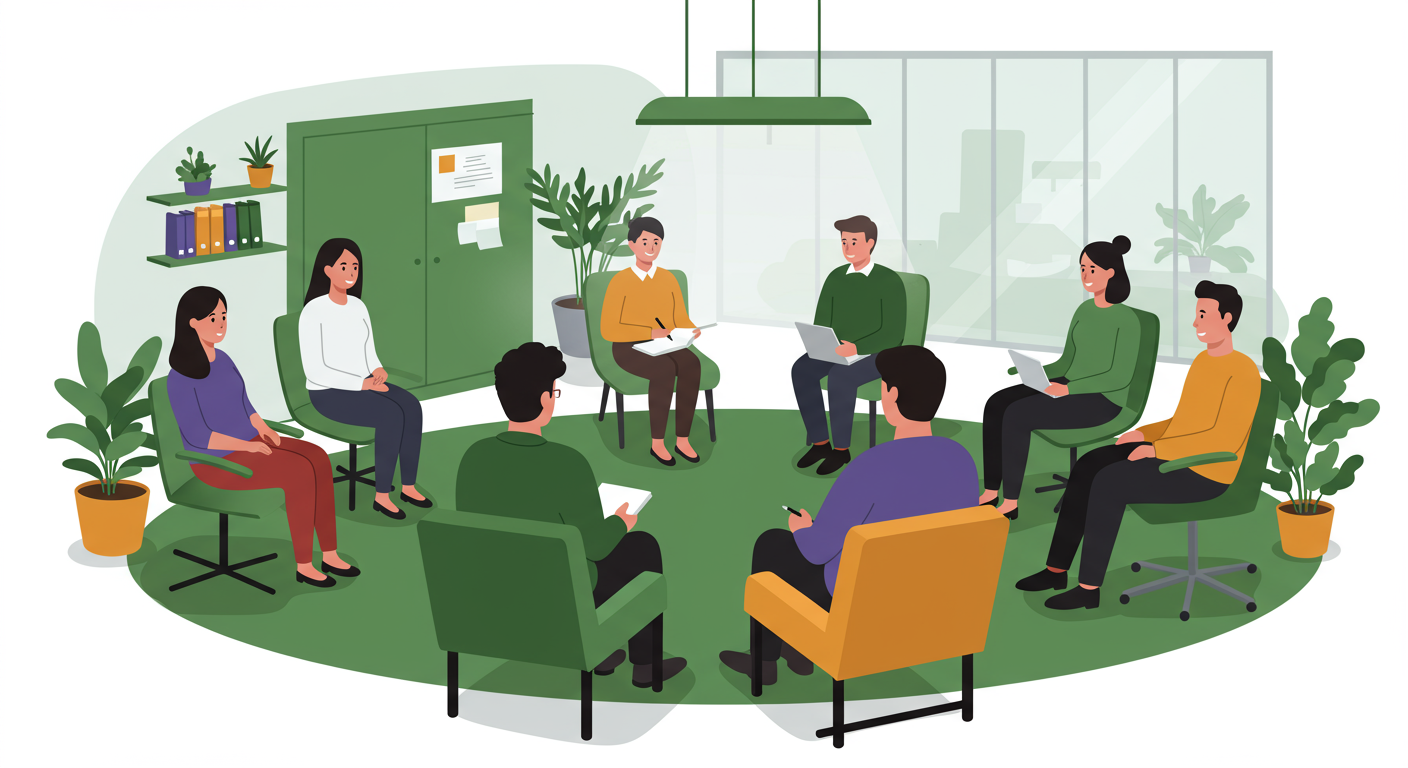
ERGs Are on the Front Lines of Mental Health—and That’s Not by Accident
When someone’s struggling at work, they don’t always go to HR. They turn to someone they trust. And more often than not, that someone is an ERG leader, peer, or community member who shares lived experience.
ERGs (Employee Resource Groups) are already doing the work: checking in, holding space, responding to crises, and building community. But too often, they’re doing it without the training, tools, or backing they need.
It’s time to stop treating ERGs as bonus content in your culture and start recognizing them as strategic players in mental health equity.
Why ERGs Are Positioned to Lead on Mental Health
- They’re built on trust and shared experience
- They understand identity-based mental health needs
- They already hold space for emotional support and resilience
But recognition alone isn’t enough. ERGs can’t sustain this role without infrastructure and investment.
Five Ways to Equip ERGs to Lead on Mental Health
1. Give ERGs Mental Health Budgets
Want ERGs to host wellness events or partner with external practitioners? Fund it. Don’t make leaders stretch snacks-and-swaps money into therapeutic support.
2. Train ERG Leaders in Trauma-Informed Leadership
You don’t need to turn them into therapists. But equipping leaders with basic training in boundaries, emotional regulation, and crisis response can prevent harm and burnout.
3. Integrate ERGs Into Mental Health Strategy
If you’re building a wellness roadmap, ERGs should have a seat at that table. Their insights are critical for understanding how mental health shows up across race, gender, disability, and more.
4. Protect Their Time and Emotional Capacity
Too many ERG leaders are doing this on top of full-time roles. Recognize the labor. Build it into performance plans. Offer stipends, time off, or formal acknowledgment.
5. Normalize Mental Health Support Through ERGs
Help ERGs move beyond events and into systemic impact:
- Host monthly peer support circles
- Run storytelling campaigns on rest and recovery
- Partner with HR to review mental health policies from an equity lens
This Is a Leadership Opportunity—Not Just a Support Role
When resourced properly, ERGs don’t just support—they lead.
They model what inclusive culture looks like. They make space for truth-telling. And they bridge the gap between strategy and humanity.
If your ERGs are already showing up for your people, it’s time your organization shows up for them.
Want a framework to build this into your ERG strategy?
Join the Diversiology Community and access resources, templates, and expert guidance for inclusive leadership and sustainable mental health support.








